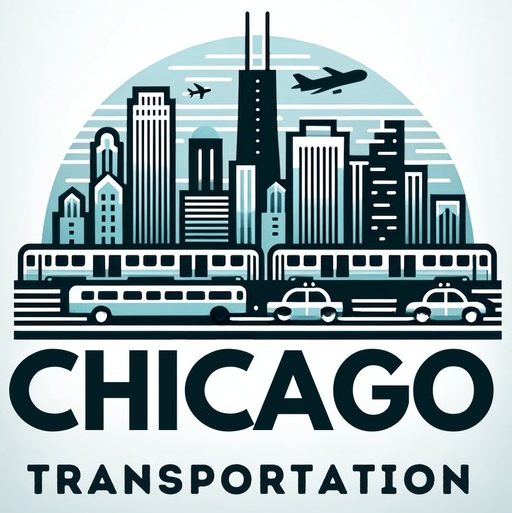The Chicago Transit Authority (CTA) provides over 1.5 million rides on its buses and trains every weekday. With such a large system, service disruptions can occur. Delays can be caused by various factors, including mechanical issues, roadway congestion, and emergency situations. The CTA has one goal: to keep buses and trains running safely and on time. In this section, we will explore the challenges faced by the CTA and how they address service disruptions.
Key Takeaways:
- Service disruptions are common on the CTA due to various factors.
- The CTA is committed to maintaining safe and on-time operations.
- Delays on the ‘L’ system can be caused by equipment problems, sick passengers, police activity, and minor track fires.
- The CTA has strategies in place to minimize disruptions and improve service reliability.
- Passengers can navigate CTA service disruptions by planning ahead and utilizing real-time information.
Causes of Delays on the ‘L’ System and How They are Addressed
Delays on the ‘L’ system can occur for various reasons, impacting the smooth operation of Chicago’s transit service. Among the common causes are equipment problems, sick passengers, police activity, and minor track fires. These incidents can disrupt the flow of trains and result in delays for commuters.
To address delays on the ‘L’ system, the Chicago Transit Authority (CTA) has implemented strategies that aim to minimize disruptions and improve the reliability of service. One approach is to include scheduling wiggle room in the timetables. By allowing for additional time between trains, unexpected delays can be absorbed without causing significant impacts on the overall schedule.
Additionally, the CTA employs service restoration techniques to swiftly address disruptions and maintain service levels. Highly trained operators are equipped with the skills to troubleshoot and resolve issues efficiently. Their ability to identify and address equipment malfunctions, assist sick passengers, coordinate with emergency services, and extinguish minor track fires helps to minimize the duration and impact of delays on the ‘L’ system.
Upgrades and Ongoing Maintenance
To further address delays, the CTA continuously invests in track and signal upgrades. These enhancements are designed to improve the overall reliability of the ‘L’ system and minimize the occurrence of delays caused by infrastructure issues. By modernizing the infrastructure, the CTA aims to provide a smoother and more efficient transit experience for passengers.
| Cause of Delay | CTA’s Approach |
|---|---|
| Equipment problems | Swift troubleshooting and repair by trained operators |
| Sick passengers | Prompt assistance and coordination with emergency services |
| Police activity | Effective communication and coordination with law enforcement |
| Minor track fires | Quick response and extinguishing measures |
While delays on the ‘L’ system cannot always be avoided, the CTA’s proactive measures and ongoing improvements contribute to minimizing disruptions and ensuring a more reliable transit service for the residents and visitors of Chicago.
Tips for Navigating CTA Service Disruptions
When it comes to dealing with CTA service disruptions, being prepared can make all the difference. Here are some essential tips to help you navigate these situations smoothly:
First and foremost, plan your trip in advance. Check for any service alerts or updates on the CTA website or through their official app. This will give you a heads up on any potential delays or disruptions, allowing you to adjust your travel plans accordingly.
Another useful strategy is to make use of regional transit connections. If there are alternative routes or modes of transportation that can get you to your destination, consider utilizing them during disruptions. This can help you avoid crowded platforms or buses and get to your destination faster.
To stay informed in real-time, utilize the Bus Tracker and Train Tracker tools provided by the CTA. These tools provide up-to-the-minute information on bus and train arrivals, helping you plan your journey more effectively and avoid unnecessary wait times.
Understanding fares and farecards is also crucial. Make sure you have the correct fare payment method, whether it’s a Ventra Card or cash. Familiarize yourself with any fare policies or discounts that may apply to your journey to avoid any complications during disruptions.
To make your journey more seamless, it’s important to know how to ride the bus and train effectively. Pay attention to stop announcements, be considerate of other passengers, and know how to transfer between bus routes or train lines if necessary.
If you’re planning to bring a bike on board, be aware of the specific guidelines and limitations set by the CTA. And if you’re traveling with children, take advantage of the assistance provided by the CTA to ensure a safe and comfortable journey for everyone.
By following these CTA travel tips, you can navigate service disruptions with ease and minimize any impact on your schedule. Remember, being prepared and informed is key to a smooth and stress-free journey on the CTA.

